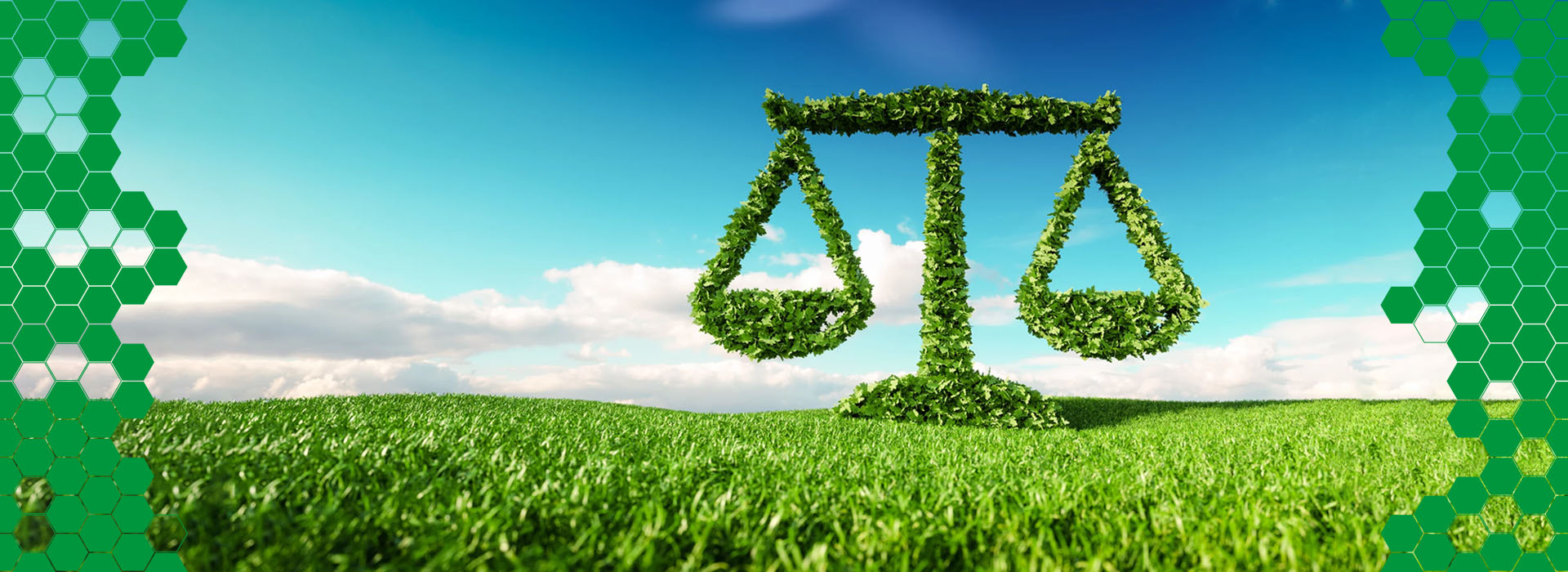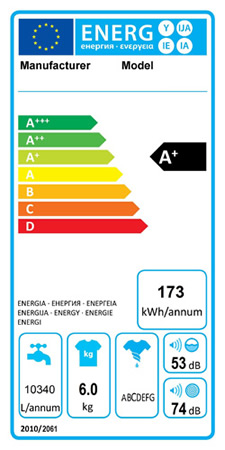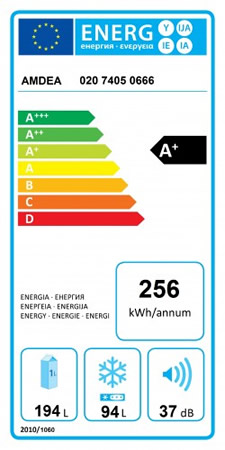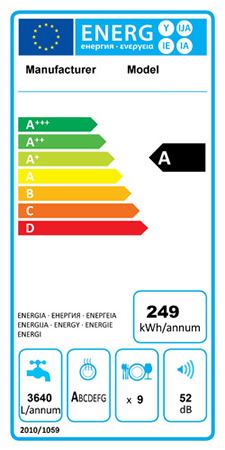
There are two major environmental issues that are raised by the increasing use of electrical goods – the use of energy to produce them and operate them and also their end of life disposal. Hence the introduction of European legislation to help combat the waste problem and encourage manufacturers to design and produce longer-lasting, more energy efficient appliances. The most prominent and relevant directive for dealing with the disposal of household appliances is the Waste Electrical and Electronic Equipment Directive (WEEE) which looks at the reduction of waste through various measures which encourage the recovery, reuse and recycling of products and components. The Waste Electrical and Electronic Equipment Regulations 2013 (as amended) is the underpinning UK legislation currently in action.
Governments are required to ensure systems are in place to collect discarded items. Producers must assume financial responsibility for the cost of recycling or disposal of their goods and for meeting targets on recovery, re-use and recycling including historical waste. Most retailers now offer collection of old appliances when replacing them with new ones. Choose a retailer who offers this service.
The products that will be affected by the WEEE directive are:
Be sure to dispose of any of the above appliances responsibly and conscientiously, we all have a duty to minimise our waste impact on the environment. To find out where your nearest recycling centre is click here .
If you are buying new electrical appliances, retailers are obliged by law to either:
Many retailers offer collection of old appliances from your home, although they are not obliged to do this.
The EU has made it easy to identify how much energy an appliance uses thanks to its Energy Label. With technology becoming more advanced, the EU has decided to improve the current label to give you a better understanding of what energy saving features an appliance has. We’ve set out a quick guide of the different parts to the label so you’ll know what to look for.
What Does The Label Show?
There are various labels for differing appliances and here are the main ones that you may see when purchasing a new appliance.


